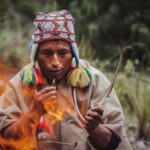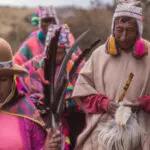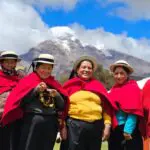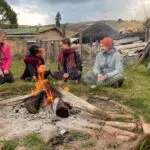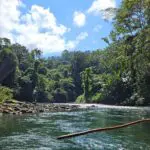Unique trip to Peru: The Moche Route, is a guest blog by our friend Steph Dyson-Worldly Adventurer inspired by her recent trip to Northern Peru, where she also had the chance to experience Responsible Ecotourism in the Utcubamba Valley. Both destinations were part of a bigger itinerary that we had the chance to organize for her. Without any more introduction please let yourself be guided by Steph’s words and own images of her journey.
While the dramatic Inca-built Machu Picchu near Cusco in the south might get most of the attention of those travelling to Peru, the northern half of the country has more than its fair share of ancient – and we really mean ancient – ruins.
One of the most interesting if barely-known of the cultures that once inhabited Peru is the Moche, who existed along the northern coast between 100 and 700 AD and whose relics can be easily visited on a tour from Chiclayo. Not only does a trip here allow for a truly authentic and culturally immersive experience of Peru, but it gives you plenty of opportunities to learn about and visit sustainable rural tourism initiatives run by local people.
The Treasures of El Señor de Sipán
11 kilometres north of Chiclayo in the town of Lambayeque, the Museo Nacional Tumbas Reales de Sipán is a true highlight of the Moche Route and a definite example of off-the-beaten-path travel in Peru.
Home to the magnificent treasures unearthed in the Huaca Rajada, a Moche adobe-brick temple that you visit south of Chiclayo and which was only discovered in 1987, this museum surpasses even those in Lima with its collection of Moche artefacts.
Arturo, my guide, talked at length about the spectacular artefacts uncovered in the tomb of El Señor de Sipán or “The Lord of Sipán”, a Moche leader who was buried with an extravagant collection of gold, including ornamental pectorals or breastplates and a golden staff known as El Cetro Cuchillo. The museum also displays huge necklaces made from spondylus shells– some of which weigh up to six kilos – that were unearthed alongside this important ruler and have since been patiently restored by experts.
Manos Con Talento and wild cotton in the Bosque de Pómac
Another 45 kilometres northeast, through a landscape peppered with rice paddies and sugar cane fields, lies Bátan Grande, another important archaeological site and one contained within the boundaries of the Santuario Historico Bosque de Pómac.
This 5,000-hectare reserve was established to protect a forest dominated by algarrobo, a type of native tree that thrives in sandy, drought-stricken areas. From its seed pods, local people produce algarobina, a syrup that is used in baking and can be tried at the small shop in the Visitor’s Centre in the form of sweet, toffee-like biscuits.
Here I met Betty and Esmeralda, two women from Poma III, a village just outside of the boundaries of the forest. They’re part of the Manos Con Talento (Talented Hands) weaving collective, just one of the many community projects supported by the reserve in the pursuit of developing sustainable rural tourism in the area.
They showed me how they make yarn from the wild cotton that grows in the forest, which is distinguished from domesticated cotton by the fact that it comes in colours including earthy brown and even a lime green. To start, they painstakingly remove the seeds, which are black and smooth like those from a watermelon, and it can take up to 15 days to do this for enough cotton to make one kilogram of yarn. Afterwards, they spin the cotton by hand using wooden wheels.
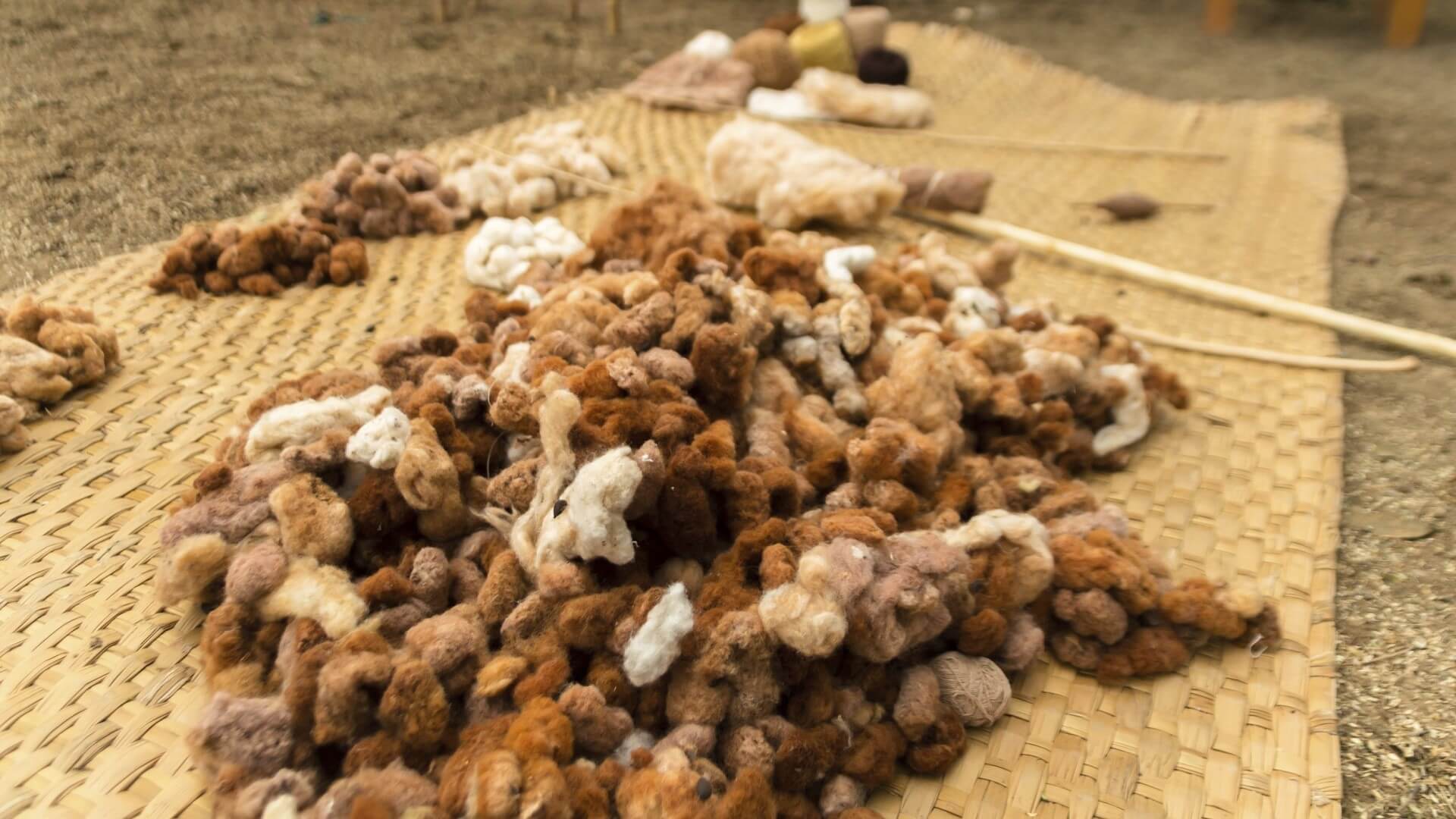
A traditional backstrap loom made from wood – considered one of the oldest types in the world – is used for weaving. I watched as Betty attached it by one end to the tree to keep the loom taut and the other via a belt around her waist. She told me how, to make a small rug or wall-hanging, it takes around two full days of work, before showing me some of the items that their collective have produced, which feature beautiful patterns of lizards and leaves, influenced, no doubt, by the flora and fauna of the forest.
Having been taught how to weave, a traditional Peruvian skill that had been lost in their community, Betty, Esmeralda and the other women of Poma III, now make beautiful purses, blankets and even delicate cotton baby clothes in muted pastel browns.
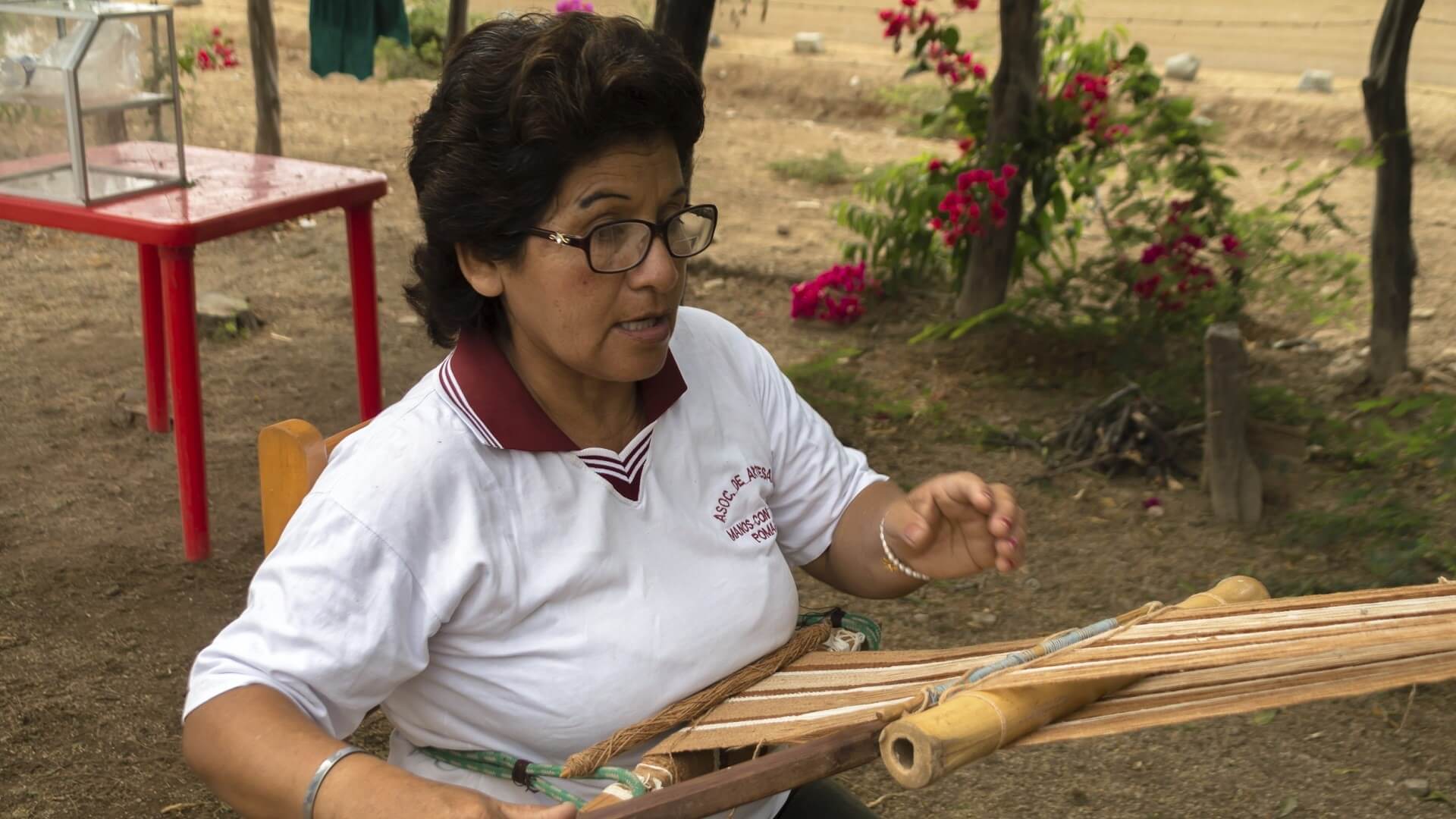
Batán Grande and the Sicán Culture
Our next stop was a hike through the humidity towards the forest’s most important archaeological site: Batán Grande (otherwise known as Complejo Arqueológico Sicán). We climbed to the top of the adobe Huaca Las Ventanas, a name that means “Temple of Windows” and refers to the huge holes that cover the sides and top of the structure – evidence of the huaqueros or looters who preceded the archaeologists in uncovering ancient treasures here.
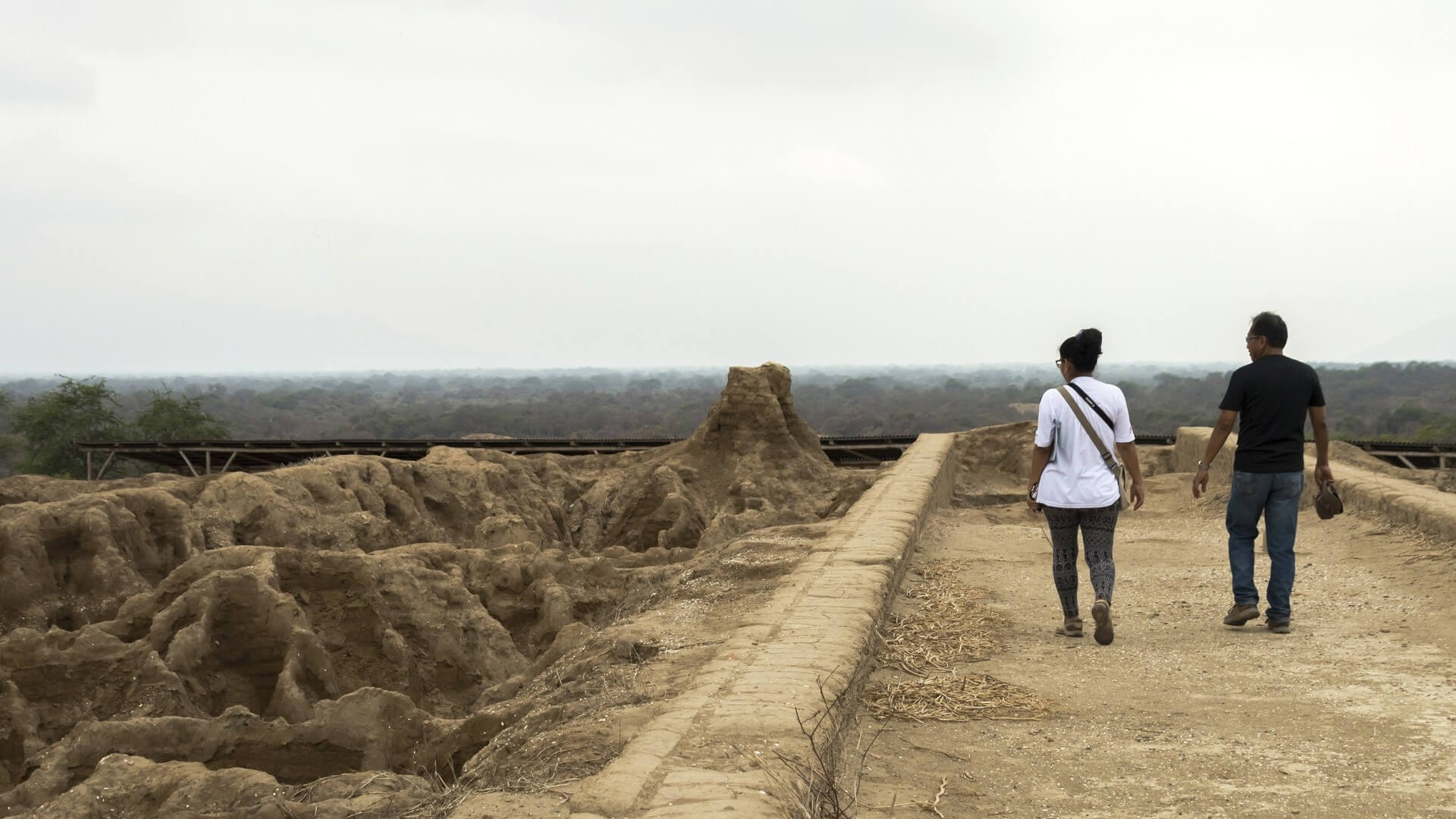
Luckily, the neighbouring Huaca de Oro, another adobe pyramid ransacked by the elements and left to appear more like a mound of mud than an important ceremonial structure, hadn’t been touched. Inside, archaeologists found the gold-filled tomb of El Señor de Sicán, the leader of the Sicán culture which followed the Moche. Batán Grande, their capital, was inhabited between 800 and 1100 AD.
Near Túcume, at the excellent Valley of the Pyramids, it’s possible to appreciate this culture even further, as they moved here in 1100 AD after abandoning Batán Grande. But what’s equally interesting is learning about the community work that’s being led by the award-winning Site Museum located here.
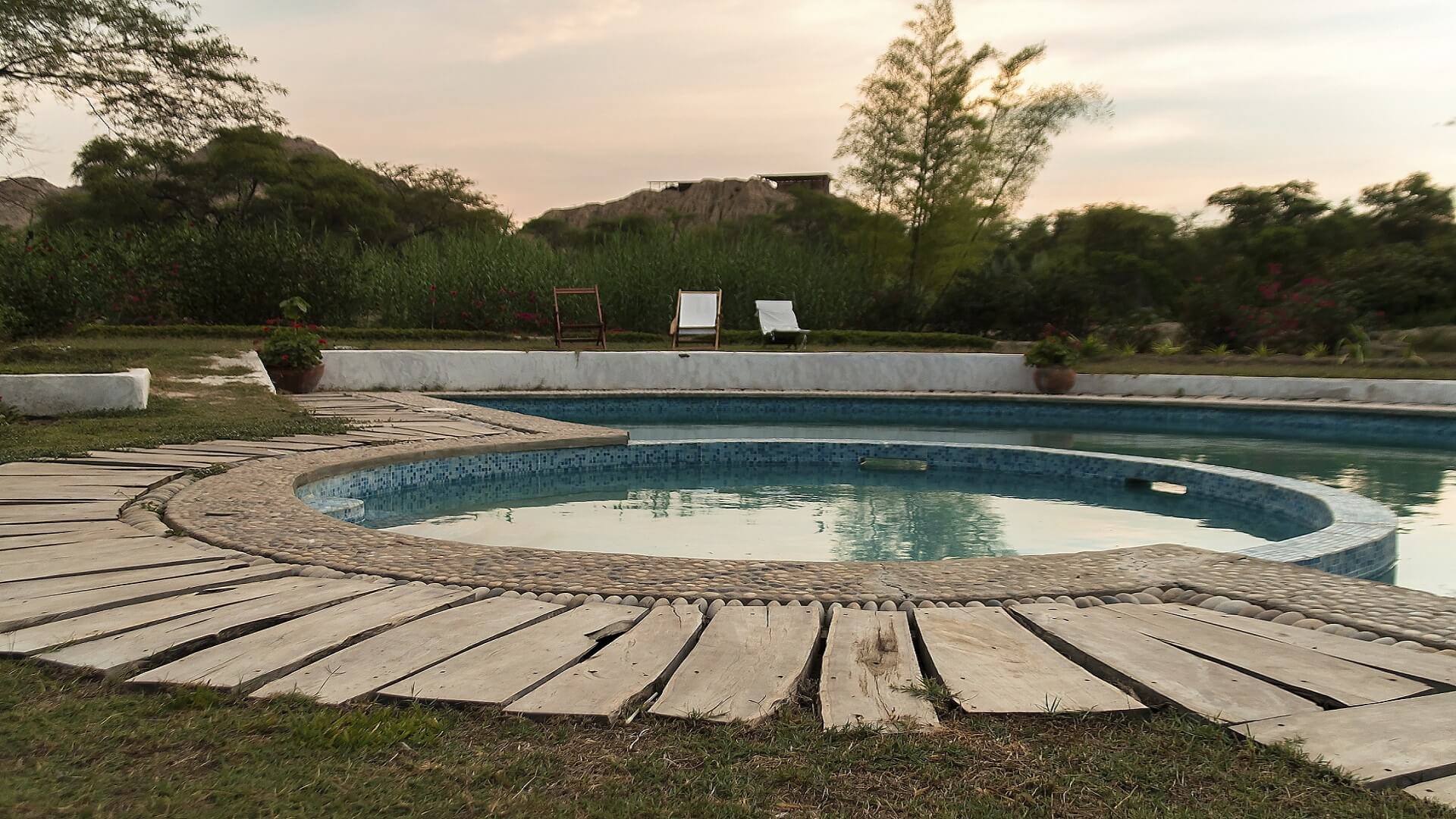
One of the archaeologists, Manuel, showed me around the workshops that form an integral part of their ongoing community work, which has focused on encouraging local people to value their culture and traditions. Their projects also go hand-in-hand with tourism, as they hope to show what a positive economic effect an increased interest in the surrounding archaeological sites can have on local towns.
Within the grounds of the museum, there’s a workshop where children and adults alike create replicas of the ornate pottery uncovered in the nearby huacas or temples. Next door, there’s a further workshop, this time dedicated to metallurgy and the making of the beautiful jewellery that is sold at the museum’s craft fairs. The final room we visited is where school children come to learn about recycling; a large glass-fronted cabinet displays many of the objects that have been fashioned out of plastic bottles, including handbags made from strips of plastic woven together.
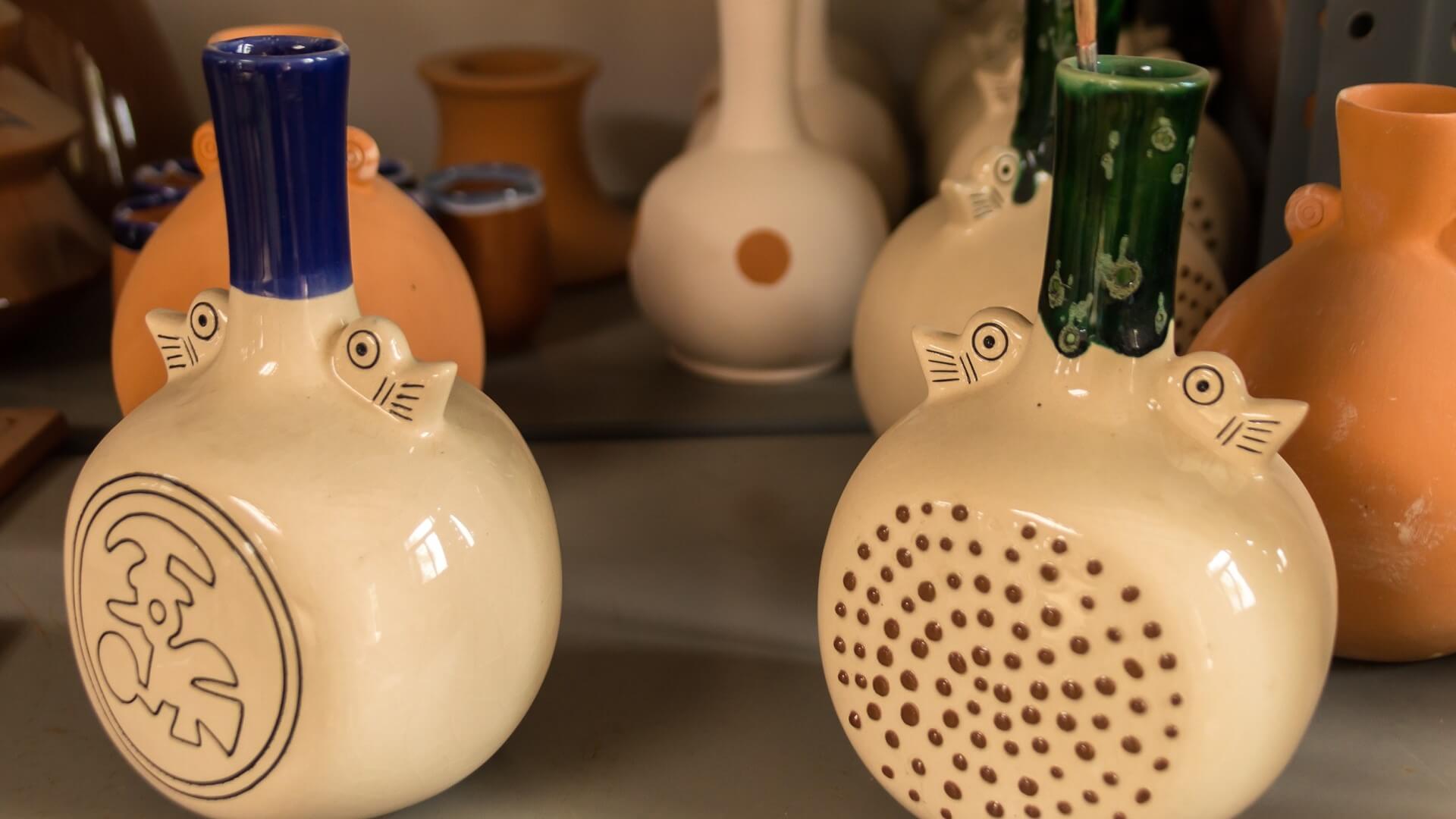
Although there’s still a long way to go to change recycling habits in the town, Manuel explained how enthusiastic his young charges have been during their time spent in the workshops and took me outside to a small garden area where animal-shaped planters made from plastic bottles hang from a pergola and there’s building made almost entirely from recycled materials. It stands testament to museum and community’s commitment to shaping attitudes towards a more sustainable, eco-friendly approach.
Do you know how Steph ended up doing this Unique trip to Peru: The Moche Route? Well, get in touch with us to find out! Alternatively, if you like it the easy way, you can also ask one of our travel specialists in the Custom Itinerary Section to tailor-make your unique Peru trip for you.
All photos displayed by Steph Dyson except banner by Bernard Gagnon – Own work, CC BY-SA 3.0
This post was first published

